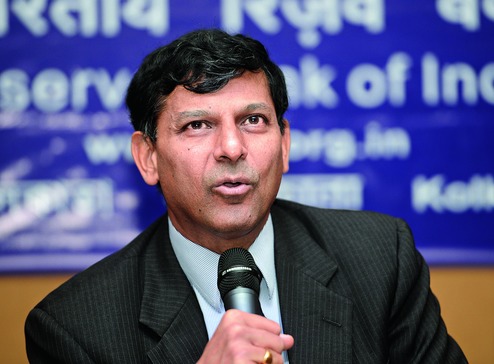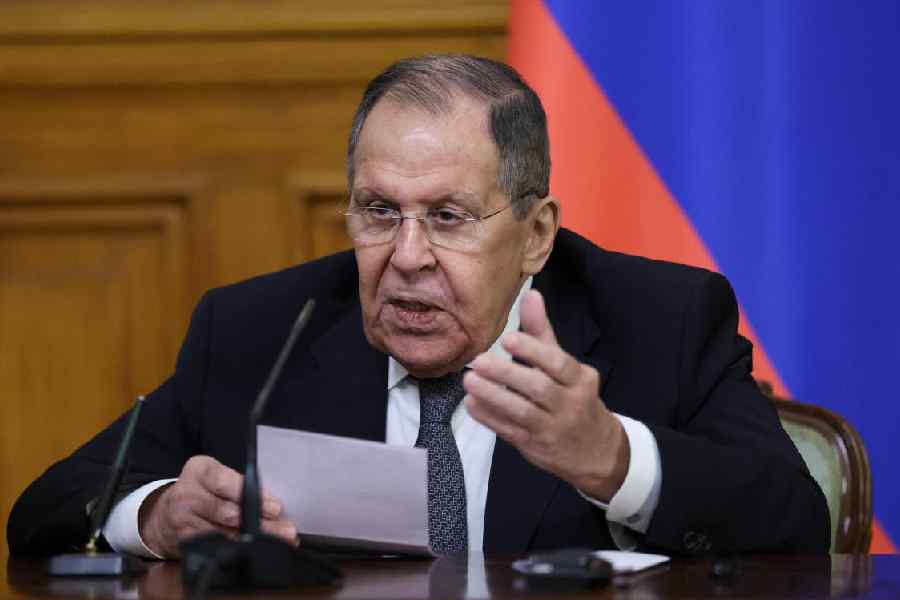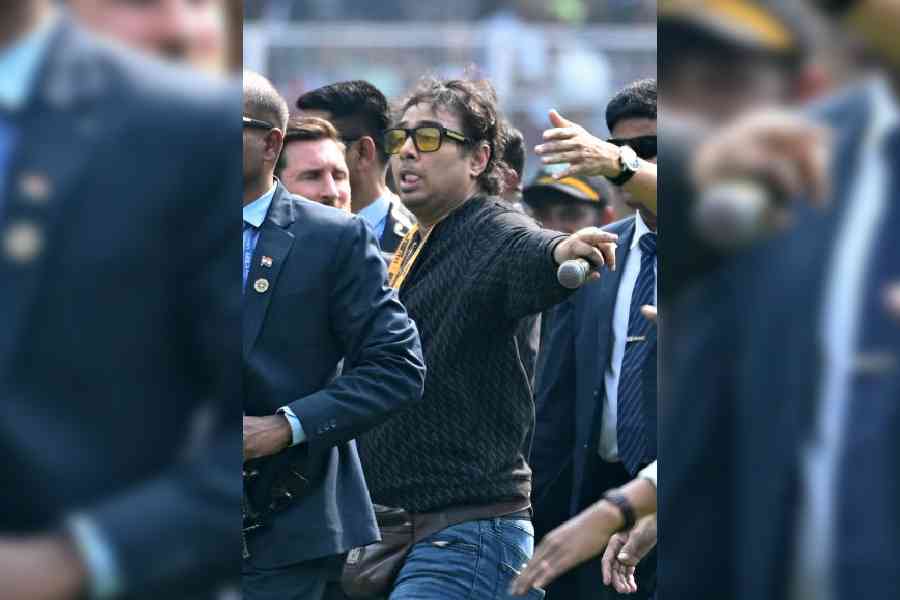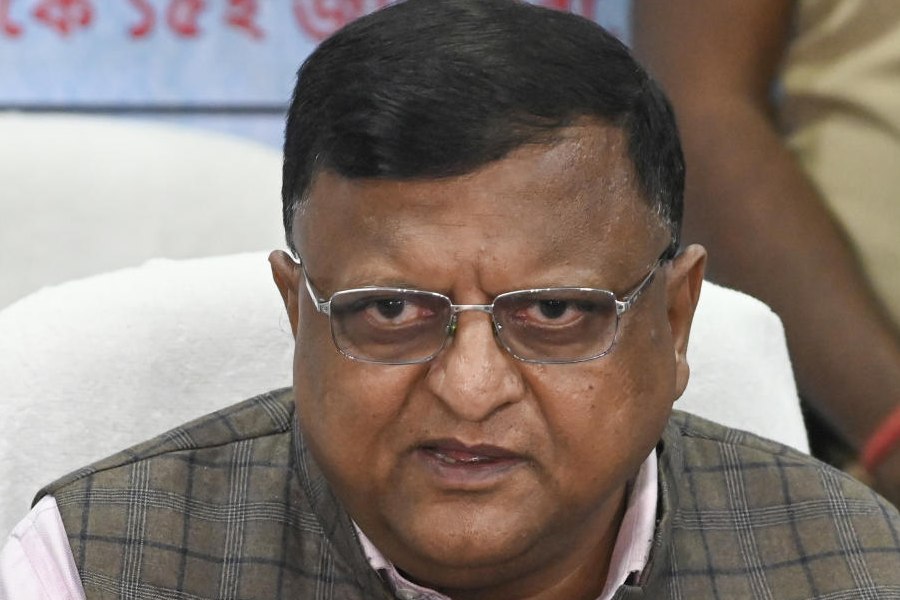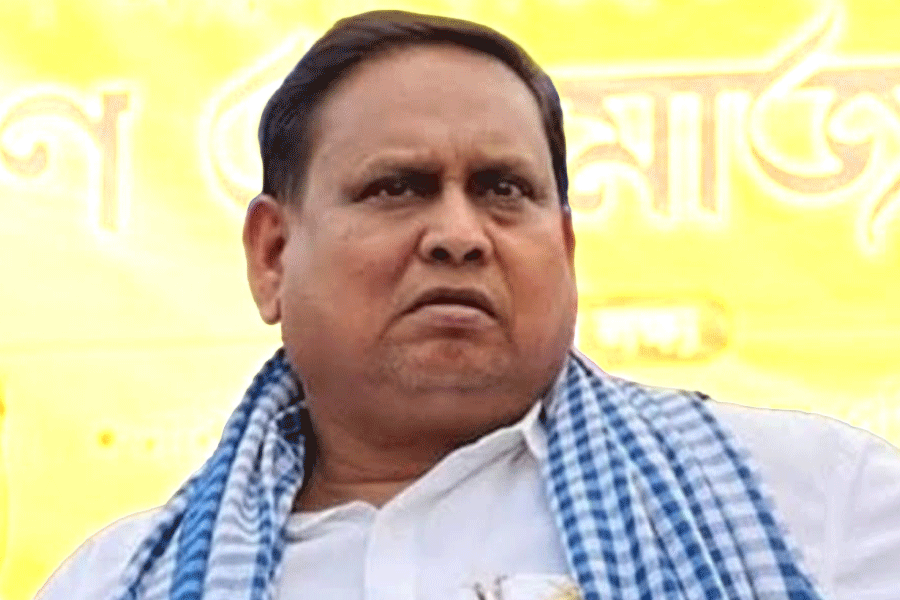
Mumbai: Raghuram Rajan has rebutted accusations the Narendra Modi government and its cohorts have made in recent weeks in an effort to lay the blame for the Nirav Modi scam at the door of the former RBI governor.
Rajan, now professor of finance at the Chicago Booth School of Business, seemed particularly riled by the charge that he was deeply complicit with the UPA government in liberalising gold imports through the 80:20 scheme in the dying days of its reign, which had benefited a few big jewellers, including Mehul Choksi's Gitanjali Gems. Choksi is the uncle of Nirav Modi.
The gold scheme had lasted a little over six months from May 2014, when the RBI had issued a circular permitting certain jewellery exporters to import gold under the scheme. Under the scheme, they were permitted to re-export 20 per cent of their imports and sell the rest in the domestic market.
"It is important to treat these as two separate issues," Rajan told CNBC-TV18 in a half-hour interview, referring to the scheme and the bank scam that ran on fraudulent comfort letters or letters of understanding (LoUs). The RBI on Tuesday barred banks from issuing such guarantees.
Rajan felt that some people were "conflating" the two issues to divert public attention. The real issue, he said, was "how do we stop the leaks, especially when there is so much new money going into the banking system as recapitalisation (funds)?"
Rajan insisted there was justification for the 80:20 scheme when it was introduced.
"We had a foreign exchange crisis in 2013 and there was a great sense that the current account deficit (when the value of imports exceeds that of exports) was getting out of control. A big part of the current account deficit was big purchases of gold.... So, when the public was moving into gold in a big way, the government thought that one stop-gap arrangement - a temporary arrangement - would be to reduce the imports of gold. So, it brought in this 80:20 scheme which said that basically out of every 100gm that you import of gold, you have to re-export 20gm. Only a few state-owned banks and government agencies... were allowed to import the gold," Rajan said.
The scheme had a "very important effect in quelling the imports of gold. But it also meant that the pent-up demand for gold was building up because the jewellery industry was at a loss, given that gold import had been virtually stopped".
It was then that the commerce ministry started arguing in favour of some relaxation in gold imports as the jewellery industry was in the doldrums with a massive loss of jobs. "There was an argument that... we need to re-employ them (the workers). So, you have to look at that positive aspect," he said.
The Modi government's basic charge is that the UPA government had decided to relax the scheme by allowing a few cronies to import gold.
"It is important to remember that this was a period of rapid regulatory change as we were dealing with a foreign exchange crisis," Rajan said.
Rajan made a rapier thrust at those trying to flog the issue now. "The new government, if it thought that this was an issue of importance, could have acted immediately. As I understand, it took some time to see how this process worked... And eventually when we had more foreign exchange under our belt, we did away with the scheme," said Rajan, who has assiduously tried to steer clear of controversy since he left the central bank in September 2016.
The diamond scam, which began sometime in 2011 but became public knowledge only in February this year, was carried out by Nirav Modi group companies which secured buyer's credit from counter-party banks from Antwerp to Hong Kong that were backed by fake LoUs issued by the Brady House branch of PNB in Mumbai.
The scandal was possible because PNB and several other state-owned banks had failed to link the SWIFT messaging system to their internal core banking system platforms. SWIFT is a global network that enables financial institutions worldwide to send and receive information about financial transactions
"Before we assign blame, we need to know what happened and why it happened," Rajan said while asserting that the regulator had flagged the risk of fraud that banks ran when it learnt that several banks were ignoring its directive to link the two systems.
Rajan said the first alert had gone out as early August 3, 2014 - and there were several reminders that went out to the banks to comply with a set of procedures and notify the central bank.
"When they were told about the problem, why wasn't the problem fixed," the former RBI governor asked. He said once the regulator sends out a directive, it "basically assumes ...that the bank has fixed the problem".
He said the investigations would eventually unearth everything.
"There is plenty of blame to go around," he added and said everyone from bank managements to the auditors would have to come up with appropriate answers. "The owner (of the bank) in this case is the government which appoints the board members and the management. What is their culpability in this whole thing? Every facet has to be examined."

